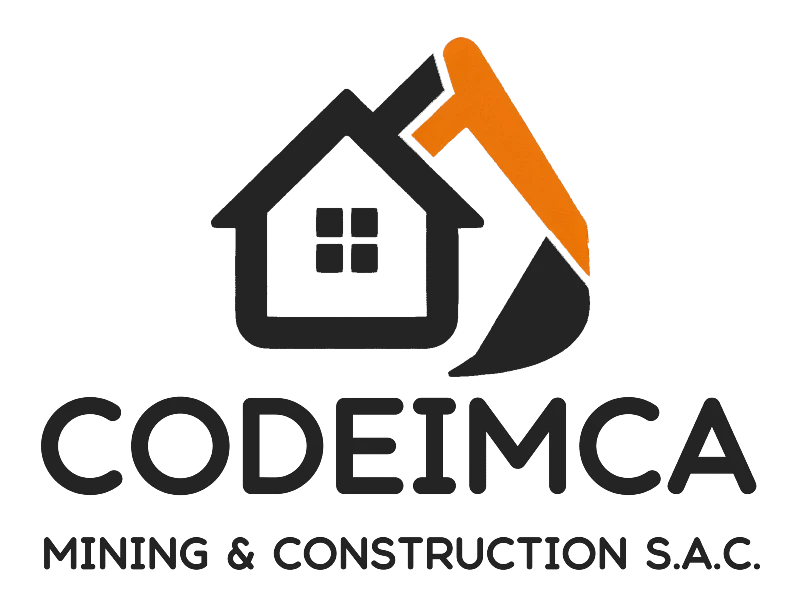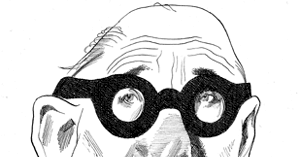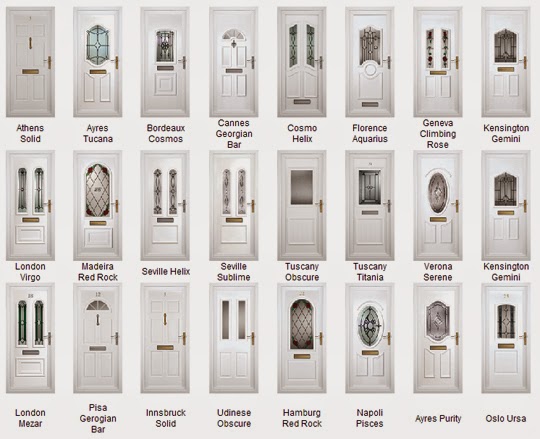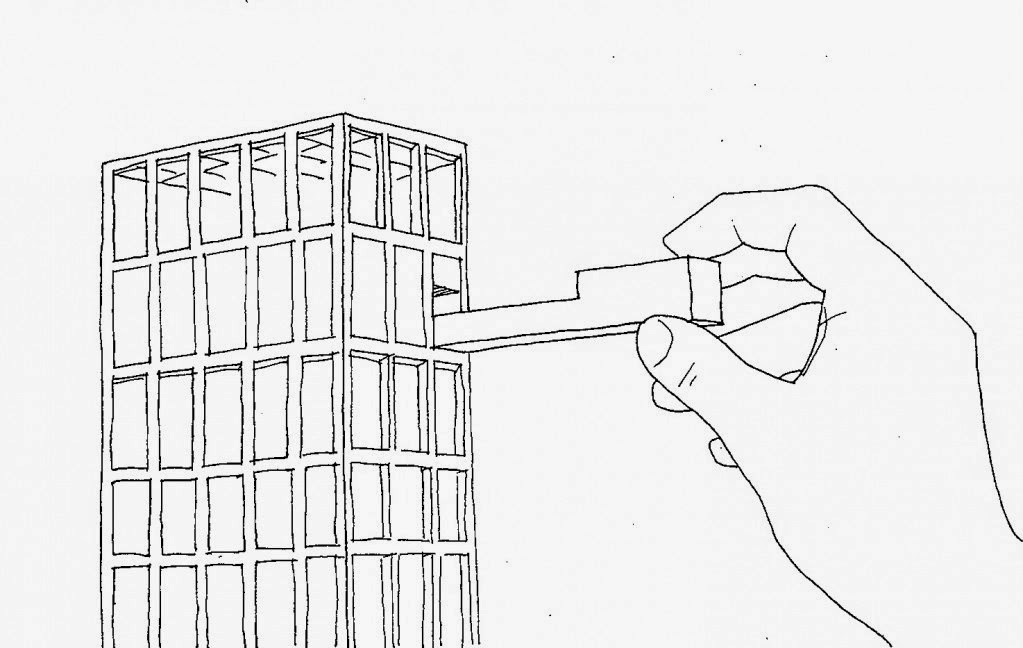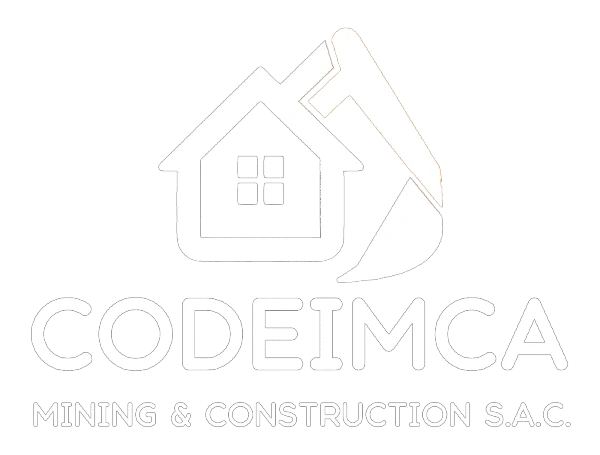“Eyes which do not see”
How industrialization opened our eyes / David Huri
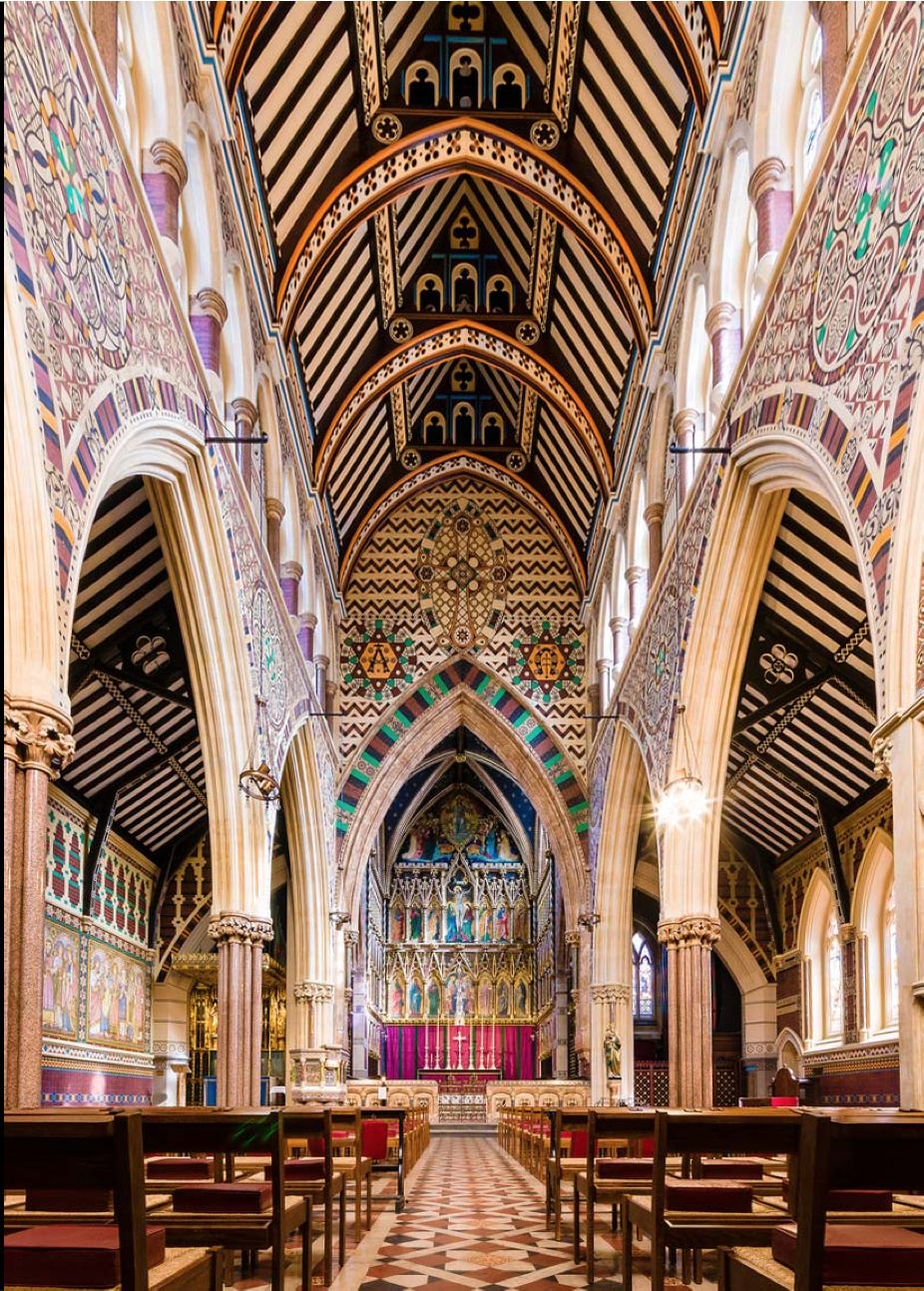 |
|
William Butterfield: All Saints’ Church Margaret Street, London, 1849-1859 |
In the early 20th century, we found ourselves in a point where “styles” have been misunderstood as progress ,this misapprehension derived from the necessity to show the own “special” characters of an epoch and from the fear to be perceived as too simple.
The change in perception arrived from the new needs reality had dictated , The influx of people to big cities created the main objective of modernity- supplying products to a society of several million people, and modern architecture had to confront with this new situation. “if we eliminate from our hearts and minds all dead concepts in regards to the house ,and look at the question from a critical and objective point of view we shall arrive at the “house machine”(le corbusier)
This mentioned progressive replacement of elements, has been followed by a development of special structural system (what today happen mainly in high cost works),but no real change of concept occurred in this industrial process, just an input of new more industrialized solutions ,the biggest legacy we gain from this process are all the experimentations that have been done, and the series of technical innovations to incorporate those new ideas .
The next step in industrialization is far more radical and it has taken the idea of a building working as a machine to a farther step,taking a model of a complete building and producing it industrially ,“only full production of the object allows true serialization and a real reorganization of the production of the city”
Those ideas first applied on family dwellings and after have been translated to other architectural types such as the school, apartment blocks and finally public buildings
We can’t control this industrial process ,moreover it began because of the reality knocking on the door ,it depends on facts that aren’t architectural only,such as economical social (etc.),but it is quite clear that it continues to be a necessary positive process
So we need to continue doing those experiments between buildings,technology ,materials etc. and create a flexible architecture that will adapt itself to the daily changes.
And the most realistic way to do so is threw the project itself ,this comes with the understanding of the building as a whole and the construction as a system,and more than that,this building should act as a part of a city that needs to work as a whole we need to use the technological progress that we achieved through history to reduce our ecological fingerprint and not the contrary
 |
Fuente: Arqpress14 Blog
